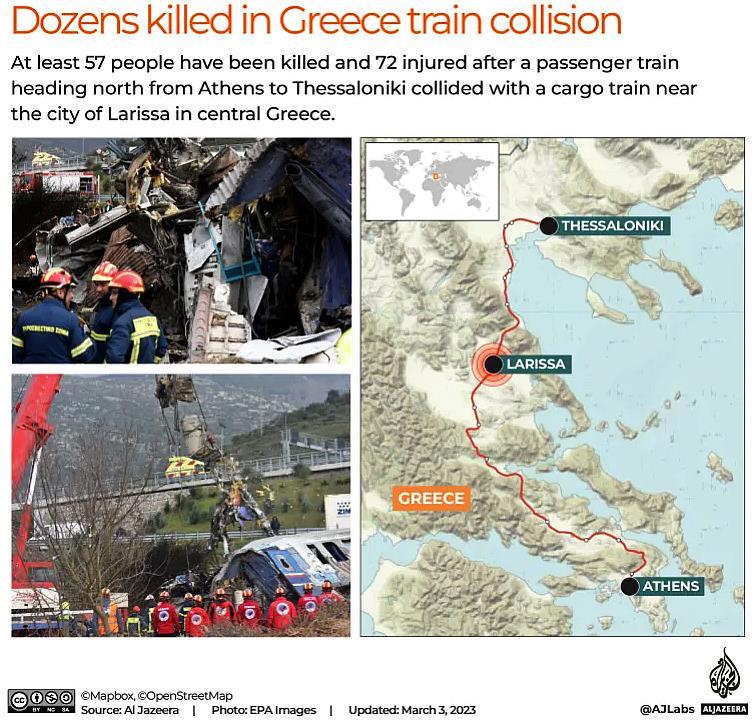
11 minute read
RAILROADS TO SIDELINE NEW CARS THAT MAY HAVE CAUSED NS DERAILMENT IN SPRINGFIELD, OHIO
WASHINGTON march 9, 2023 In the wake of a Norfolk Southern derailment in Springfield, Ohio, railroads should take certain new steel coil cars out of service until their wheelsets can be replaced, the Association of American Railroads says.

Advertisement
“Yesterday, Norfolk Southern identified loose wheels on a series of cars that presents an increased risk of an out of gauge derailment. Today, AAR through its committee structure, took expeditious action and has issued an advisory to stop cars with these wheels from use and interchange until those wheel sets can be replaced,” AAR spokeswoman Jessica Kahanek says.
“This is an uncommon defect to see in a wheelset that demanded urgent action. This is a voluntary, proactive step aimed at ensuring equipment health and integrity,” she adds. The advisory affects about 625 cars manufactured by National Steel Car of Hamilton, Ontario, Canada. Twenty-eight cars of a Norfolk Southern train derailed near Springfield on Saturday evening. NS said the 212-car train was en route from Bellevue, Ohio, to Birmingham, Ala. Video shot at a grade crossing and posted online showed an NS steel coil car apparently initiating the derailment. The cars in question were built between August 2022 and March of this year, according to the AAR advisory. The derailment in Springfield was among the incidents that prompted the National Transportation Safety Board and Federal Railroad Administration to launch separate probes of Norfolk Southern’s overall safety practices. In a statement, NS said: “During Norfolk Southern’s clean-up of the derailment in Springfield, Ohio, on March 5, the company determined that a specific model and series of railcars had loose wheels, which could cause a derailment. The investigative team identified these wheels as coming from a series of recently acquired cars from a specific manufacturer. Although the investigation into the cause of the accident is still underway, we immediately notified the National Transportation Safety Board and the Federal Railroad Administration and began inspecting other cars from this series on our network. Upon identifying additional cases of unusual wheel movement, we acted swiftly. We issued orders to remove these cars from service until their wheelsets could be replaced, and we have taken steps to remove this specific model and series from service until they can be fully inspected. We also notified the manufacturer and worked urgently to inform the rest of the railroad industry, as Norfolk Southern is not the only user of these cars. As a result, the Association of American Railroads issued an advisory to halt the use of these cars. Norfolk Southern will continue to investigate this matter and take appropriate action.”
Tempi Train Crash
From Wikipedia, the free encyclopaedia
One of the Siemens Hellas Sprinter locomotives involved in the accident in Athens Central Station three months before the crash.

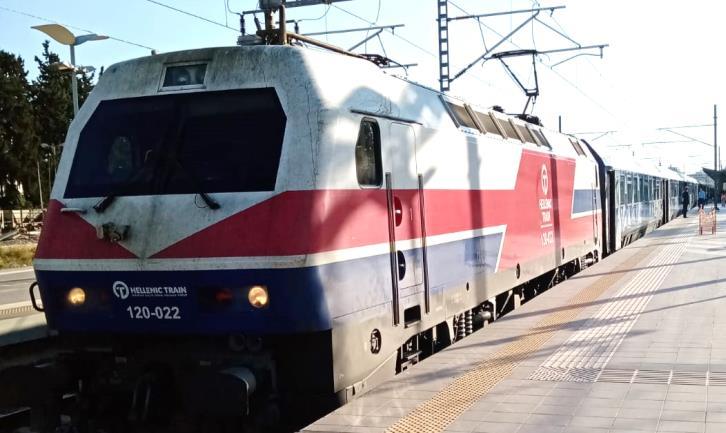
On 28 February 2023, a head-on collision occurred between two trains south of the Tempe Valley in Greece, about halfway between the Greek towns of Tempi and Evangelismos in the Thessaly region. The collision, involving the InterCity 62 (IC62) passenger train and an inter-modal freight train, killed at least 57 people, making it the deadliest rail disaster in Greek history. It was discovered that the IC62 passenger train was allowed to proceed on the wrong track and pass signals at danger despite the presence of the freight train on the same track.
Vigils, angry protests, and clashes with the police occurred throughout Greece following the accident. Railway workers of Hellenic Train and the Athens Metro went on strike to protest the dangers related to the crash beginning on 2 March 2023.
Following the accident, Transport Minister Kostas Karamanlis resigned, taking responsibility for the crash and for his failure to bring the railways of Greece up to 21st century standards.

Background
The IC62 passenger train was operated by Hellenic Train, a subsidiary of Ferrovie dello Stato Italiane, and consisted of a rake of Hellenic Train UIC Z1 coaches made by Siemens at SGP Graz and Bombardier at Dunakeszi Carriage Workshops, based on the Viaggio Classic platform (which itself is based on the ÖBB Modularwagen), pulled by Hellas Sprinter locomotive class120 023. The train was scheduled to arrive at Thessaloniki station at 11:35 p.m. EET. The freight train number 63503 was pulled by Hellas Sprinter locomotives class 120 012 and class 120 022, and was towing flatcars loaded with sheet steel and shipping containers.
Earlier on the same day, an explosion in the electricity network at Palaiofarsalos railway station had caused the overhead line to fall on another intercity train, leading to several delays on the line. The crash site was next to an overpass of the A1 motorway, on a stretch of line that opened in 2003 as part of a reconstruction of the Larissa to Thessaloniki segment of the main line.
Implementation of the European Train Control System (ETCS) was initially planned for 2020 but was delayed to late 2023. This wreck followed a series of other rail accidents with no casualties.
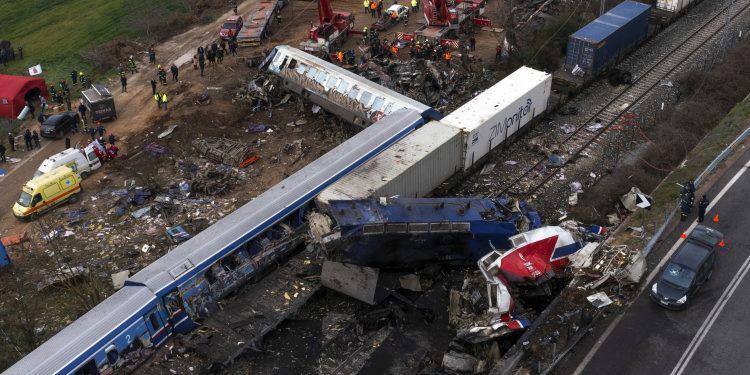
Collision
The IC62 passenger train, which was scheduled to depart from Athens to Thessaloniki at 7:22 p.m. Eastern European Time (UTC+2), left a few minutes behind schedule at approximately 7:30 p.m., carrying around 350 passengers. Many of the passengers were students in their 20s returning after the long weekend of Greek Orthodox Lent celebrations. The IC62 arrived in Larissa late due to the earlier incident at Palaiofarsalos station and left the station at 11:00 p.m., departing on the southbound track. At the same time, the freight train was proceeding from Thessaloniki to Larissa on the same southbound track that the IC62 was on. The stationmaster at Larissa, who had only been working for one month there, ordered the train to proceed and pass red signals all the way to Neoi Poroi and ordered his assistant – the switchman – to not "turn the keys" (realign the switches) as a local train would be crossing them.
The collision between the two trains occurred at 11:21 pm on the Athens-Thessaloniki mainline, which is operated by OSE, the Greek national railway company. The section where the accident took place, located 27.3 kilometers (17.0 miles) north of Larissa, was double-tracked and equipped with automatic controls, but switching and signaling were still being controlled manually.
The passenger train and the freight train collided head-on halfway between the multiplicities of Tempi and Evangelismos just before midnight, as the passenger train was exiting the tunnel under the E75 roadway that crossed over the tracks.[18] Due to the darkness at the time of the accident, and the lack of time for the train drivers to react, it was estimated that the passenger train was travelling at speeds between 140 kilometers per hour and 160 km/h.
In an interview with ERT, the governor of the Thessaly region, Kostas Agorastos, reported that the first four carriages of the passenger train were derailed, and the first two carriages caught fire and were "almost completely destroyed”. Passengers reportedly escaped the train through windows that were either broken in the crash or by themselves. Many panicked and some were trapped in carriages that were tilted at least 45 degrees. Rescuers were able to open some of the car doors. The force of the impact was able to completely destroy the locomotive of the passenger train while the locomotives of the freight train were pushed against the freight cars they were towing. Numerous train cars caught fire following the collision, and 17 vehicles and 150 firefighters worked to extinguish the flames. Meanwhile, rescue efforts were made with the assistance of 40 ambulances, and over 30 police officers at the site. The wreckage was so extensive that crane trucks were used to help extricate carriages. The Hellenic Army was called upon to assist. Some 250 surviving passengers, including those with minor injuries, were evacuated from the collision site by bus to Thessaloniki.

Victims
At least 57 people were killed, and 80 others were injured, with 25 of them suffering serious injuries. Of the injured, 66 were hospitalized, with six being admitted to intensive care units. Identifying some victims was challenging due to the high temperatures reaching up to 1,300 degrees Celsius inside the first carriage. This rail disaster is the deadliest in Greek history.
Aftermath
An emergency meeting was called by Greece's government following the crash, and Health Minister Thanos Plevris visited the scene. President Katerina Sakellaropoulou cut short her visit to Moldova to offer support to the victims. Transport Minister Kostas Achilleas Karamanlis resigned after the train crash, stating at the scene of the accident that it was his responsibility to do so "as a basic indication of respect for the memory of the people who died so unfairly", also going on to say that he had "failed to bring the railway system to 21st century standards".
Investigation
Following the collision, police questioned two rail officials and one of them, Larissa's stationmaster, Vassilis Samaras, was detained and charged with causing death and injury through negligence. Stamatis Daskalopoulos, Larissa's public prosecutor, who was assigned by Supreme Court prosecutor Isidoros Dogiakos to handle the investigation, stated that while the probe is still in its early stages, the authorities would continue to analyze all evidence and bring justice to whoever is responsible.
The Larissa railway station manager admitted to allowing the train through a red signal, but claimed that the switch from the up line (northbound) to the down line (southbound) had not been working, and argued that the passenger train should have stayed on the up line to avoid the freight train. It was later discovered that the stationmaster at Larissa had been informed that a freight train was on the southbound track around 17 minutes prior to the accident occurring, and these entries were found in a ledger.
The tragedy occurred amid growing demands for the approval by the Parliament of the Rail Accident Investigation Board, an independent body tasked with investigating accidents causing death, serious injuries, or extensive damage on the Greek railway network. It is required by EU law, and Greece was brought to court over it two weeks before the accident. Three weeks before the crash, the rail workers' union had pointed out problems with the administration of the rail network which could put the passengers in danger.
Reactions
Following the train crash, the Greek government declared a three-day period of mourning, during which all flags were flown at half-mast and celebratory events were postponed. The president of the train drivers' association, Kostas Genidounias, said that the electronic systems that warn drivers of danger have not been functional for some years. "Nothing works, everything is done manually. We are 'in manual mode' throughout the Athens-Thessaloniki network," he stated.
Former Greek finance minister Yanis Varoufakis blamed the crash on railway privatization, comparing it to the Ladbroke Grove rail crash that occurred in London in 1999. Critics blame a lack of public investment during the deep financial crisis that spanned most of the previous decade for the rail disaster. Flags outside the European Commission building in Brussels were also lowered to half-mast the morning after the accident. Albania declared 5 March a national day of mourning with flags at halfmast in the country. Additionally, the Albanian Parliament observed a minute of silence.
Protests
Vigils, heated protests, and riots took place in throughout Greece following the catastrophe, and the catchphrase "Pare me otan ftaseis" ("Give me a call when you arrive") became the main protest slogan. In response to both the tragedy and growing dissatisfaction of the industry at large, the Panhellenic Union of Train Personnel walked out in protest of working conditions and the failure to modernise the rail network, starting their strike on 2 March 2023, despite the STASY metro workers' union suspending planned strike action on the Athens Metro out of respect for the victims the previous day. Scuffles broke out in Athens with police firing tear gas into crowds that gathered in front of the Hellenic Train's headquarters. On 7 March, many schools in Thessaloniki were locked down by the students, forcing the schools to move to online class via Webex for a couple of days. A 24-hour general strike was called by the Greek Civil Servants' Confederation (ADEDY) to occur on 8 March 2023.
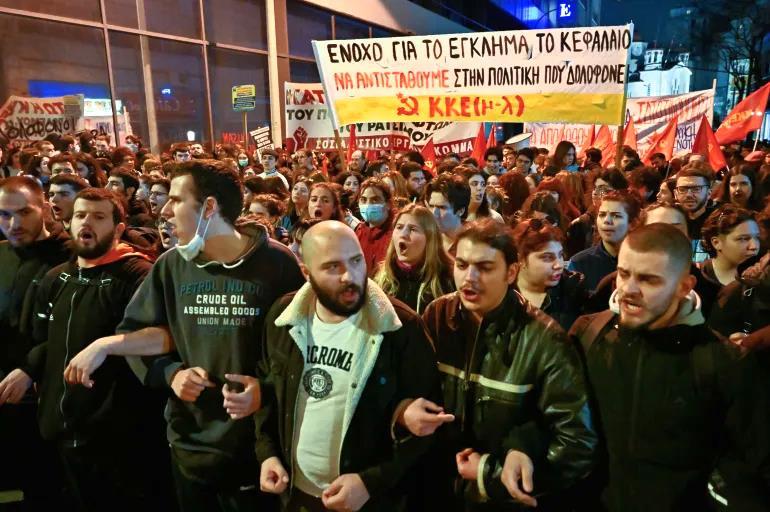




Vera Clack is selling tracks, transformers, buildings, figurines etc. Please contact Roel at 082 739 7679 with your offer:

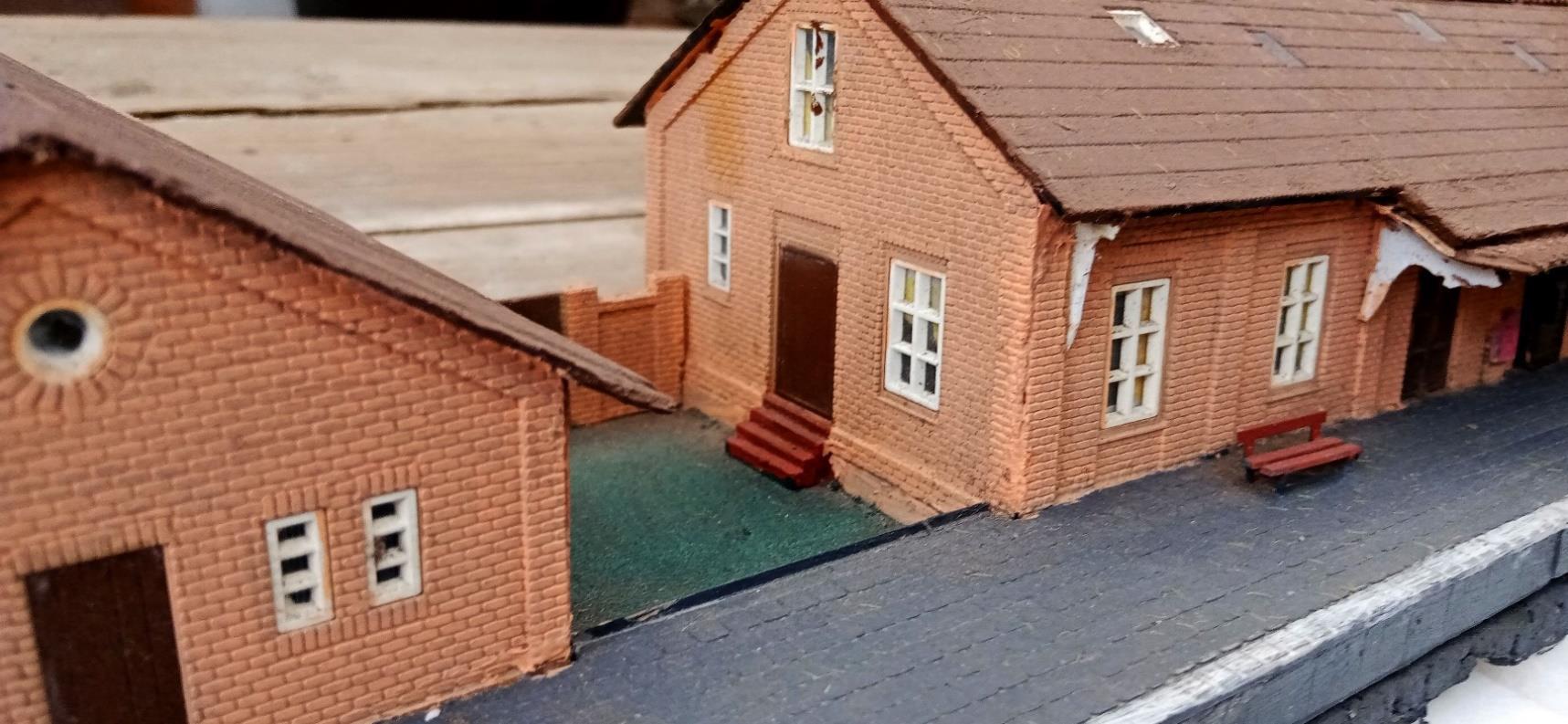
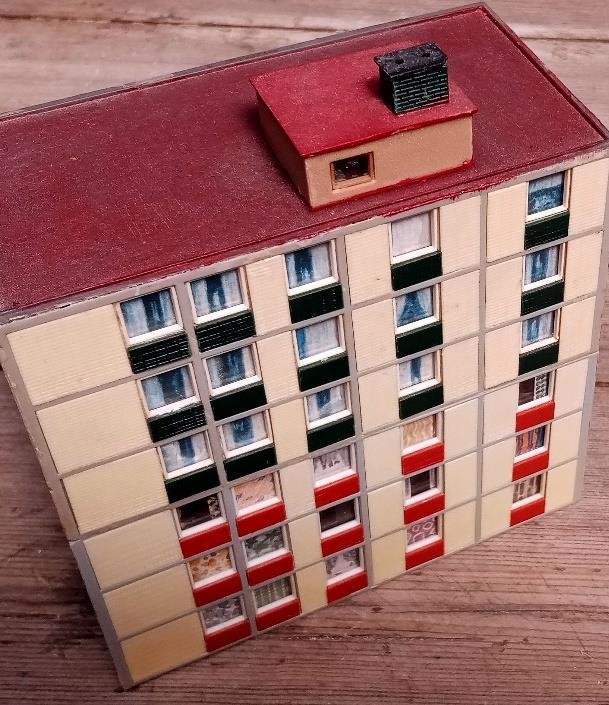
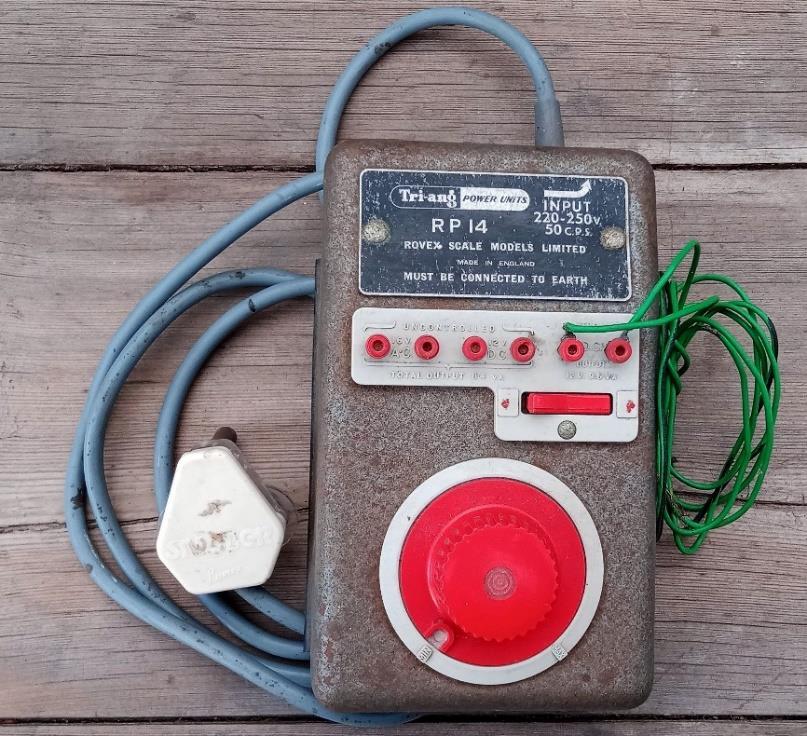
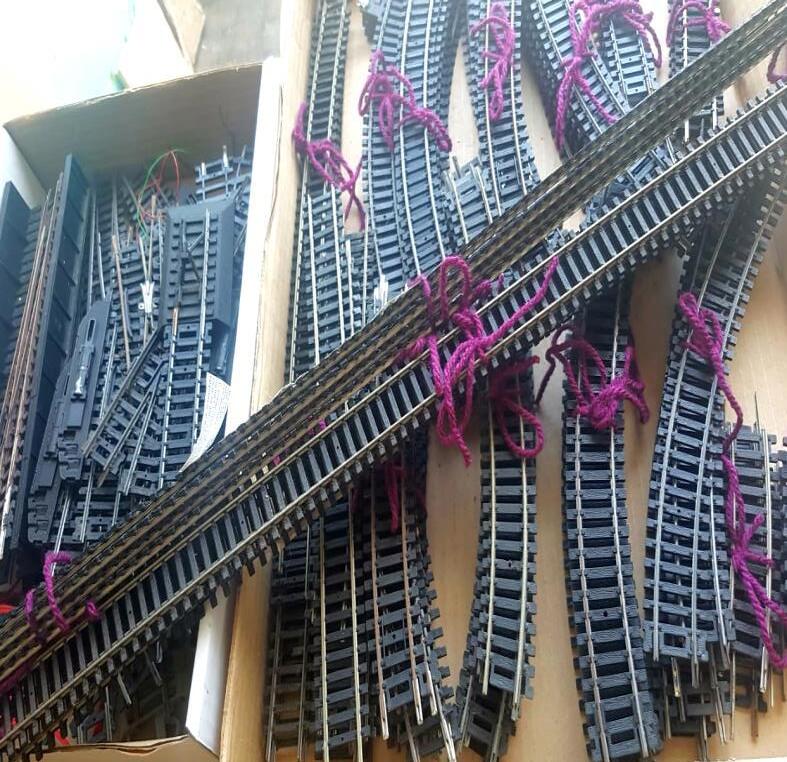
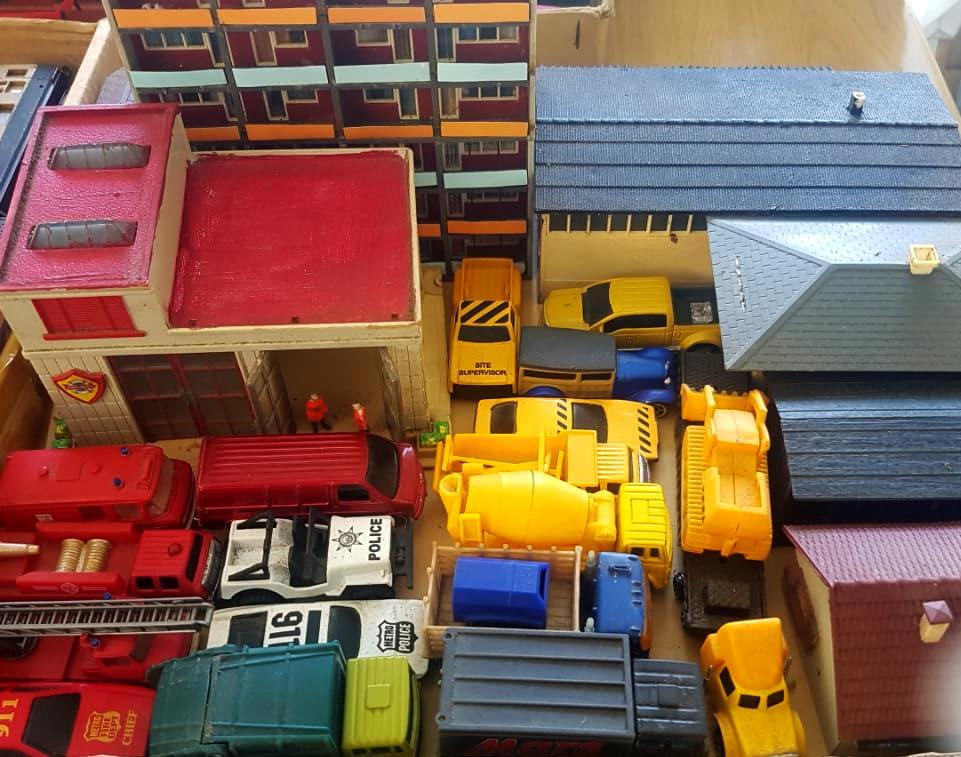


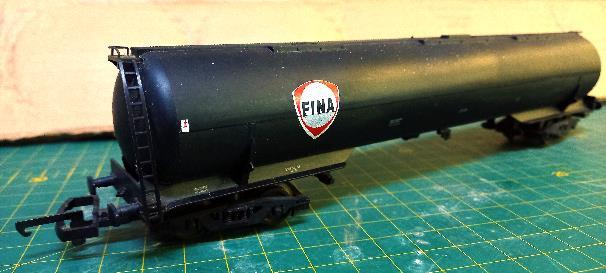
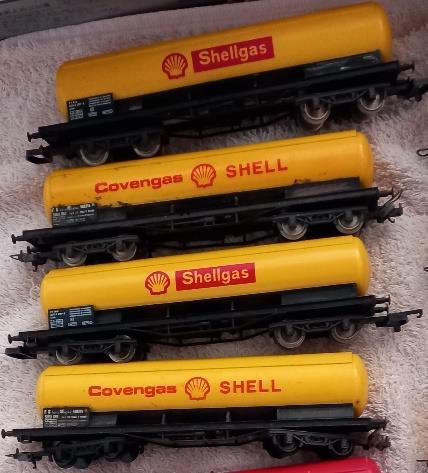
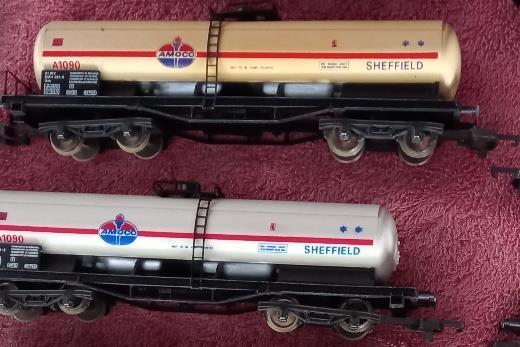
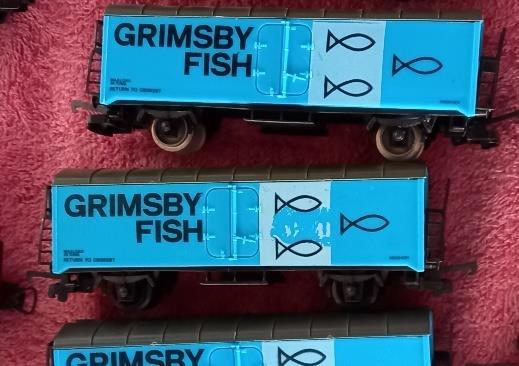


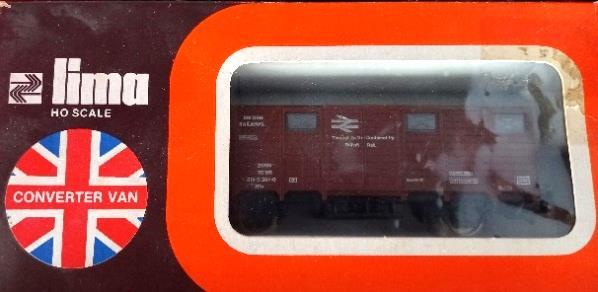
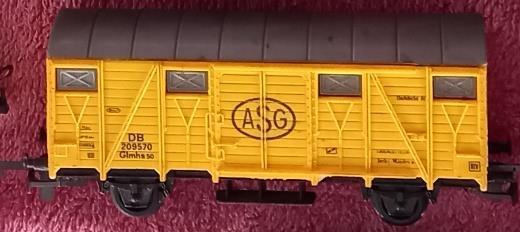
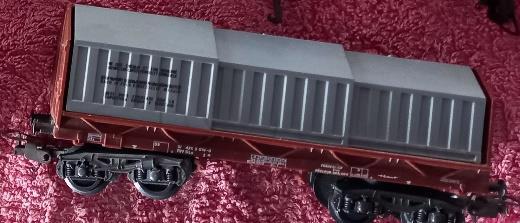
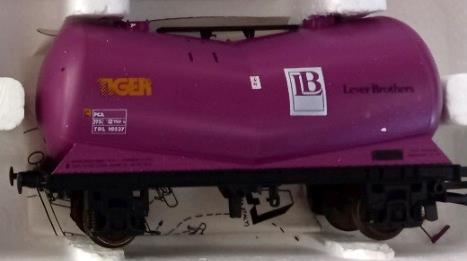
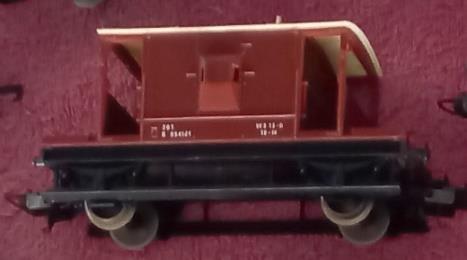


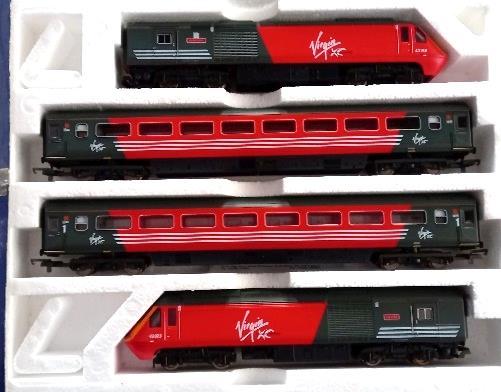

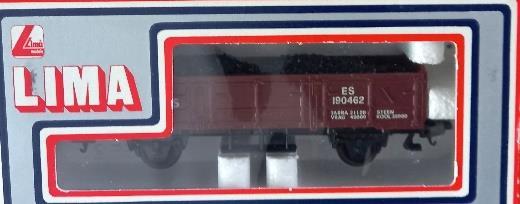

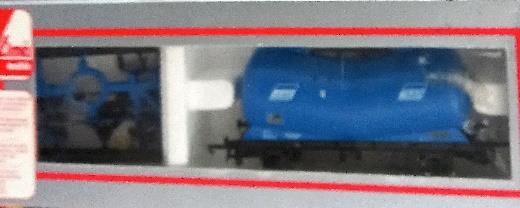
Anton van Kampen told me about Graeme graeme@3dprintedstuff.co.za 082 600 9994 in Aston Bay

Check out his website https://3dprintedstuff.co.za/ for what he already has available or fill out the model request for somethin custom made.

There appears to be a lot of 3D design file sharing by some artists and you will find some on Graeme’s website which extends his offering. E.g.: Special Member offer:

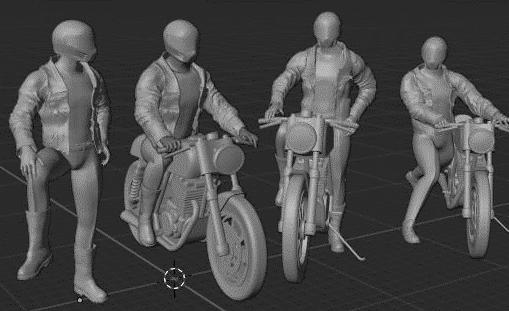
Dwarvin Enterprises acquired by Trainz.com of Burford, Georgia
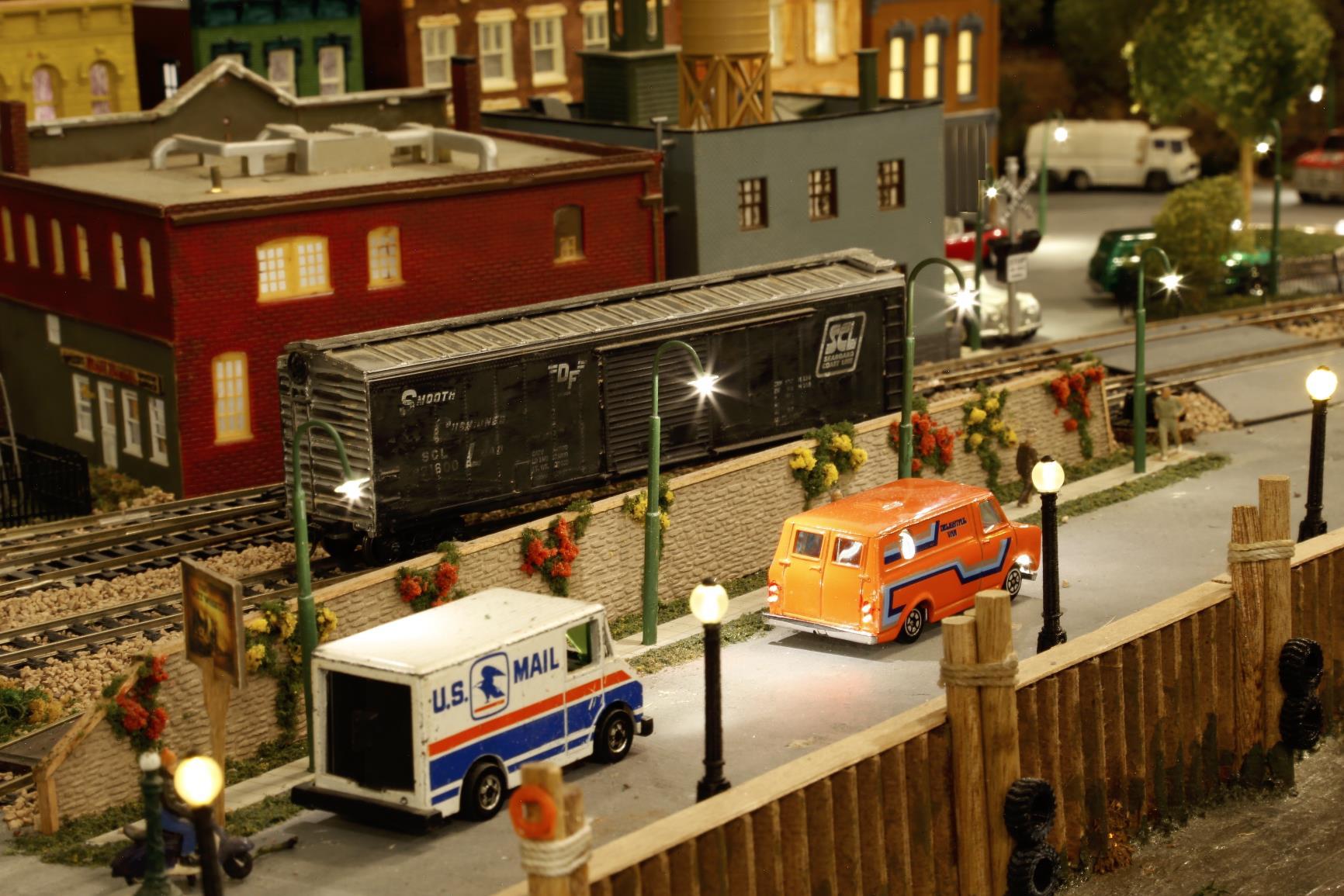
We are delighted to inform you that Dwarvin Enterprises is growing. As most of you know by now we are a family run business that has focused on building a product line for lighting your scenery that many of you have enjoyed over the past 4+ years. We have seen considerable growth during that time both in terms of customers and product lines and we are very grateful to our loyal customers.
In order to expand the presence of the “Lighting without Wiring®” products you have come to enjoy, today we announce the acquisition of our company by Trainz.com of 2740 Faith Industrial Dr NE, Buford, Georgia. Trainz is another family run company but with a substantially larger footprint than Dwarvin Enterprises. Indeed, Trainz brings a wealth of knowledge in bringing products to you as customers and will be able to expand our presence and support to you as a customer.

Sandstone Extends Its Line

After the Stars of Sandstone 2019 event the famous mountain section, with its double headed NGG16 Garratt hauled trains, had suffered major damage from the inclement weather of that year. The line was in need of major repairs. The very nature of the terrain and ongoing changing weather patterns meant there was no guarantee that similar damage would not occur again.
Towards the end of 2021 it was decided to lift the whole loop and terminate the line at Vailima Siding. The loss of this exciting section of 2ft Narrow Gauge railway will be sorely felt by many Sandstone visitors, particularly the many photographers who filmed it and the few steam drivers who demonstrated their skills in driving trains around it. However, exciting news was to emerge from this! A rail project that had been shelved many years ago came back into the future planning of the railway. When the mountain section was lifted 200 metres were left in situ beyond Vailima Siding and a view down that line looked straight at an historic landmark of railway photography in years gone by. Sekonyela!
Probably one of the most photographed landmarks in South Africa, Sekonyela was a magnet for steam photographers in the heyday of the Bloemfontein to Bethlehem line when operated by the South African Railways Class 25NC 4-8-4 locomotives. The numerous photographs have led many to believe that the strange shaped mountain in the pictures was named Sekonyela, but not so. The lineside location was at the site of Sekonyela Station. The mountain became Sekonyela as the backdrop in thousands of photographs but is correctly known by the locals as Soutkop.
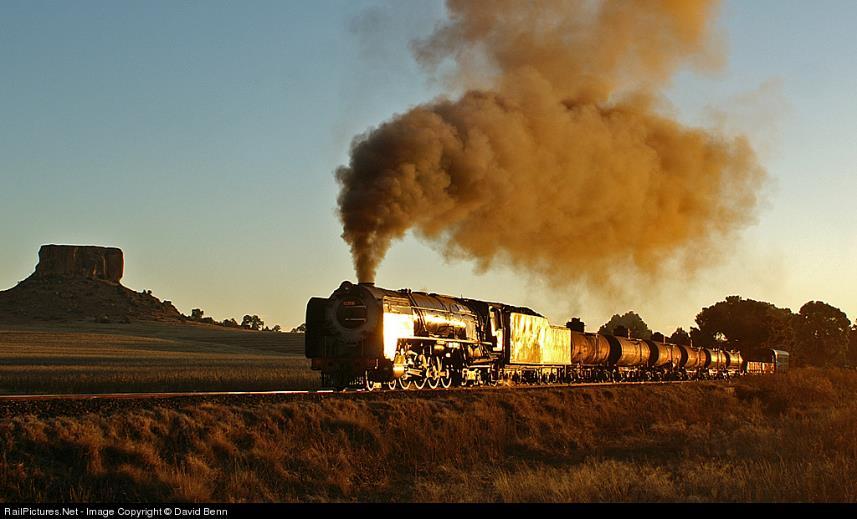
Some déjà
vu! In 2004
as NGG16 Garratt number
153, on the line to Vailima Halt, watches as a Reefsteamers Rail tour passes hauled by 15F 31016 heading towards Sekonyela and Ficksburg. This section of the narrow gauge line will be part of the new Sekonyela Extension. It is this area of Sandstone Estates that includes the farm Sekonyela. With a large amount of unused 2ft Narrow gauge track after the mountain section was lifted it was decided to extend the line in a westerly direction towards Sekonyela, terminating with a run around loop in the main portion of Sekonyela Farm. Planning has begun with construction to begin soon.
The line follows the old remaining piece of the mountain section as far as the sharp left, Horse Shoe Curve, then the new line will now veer slightly to the right half way around the curve and then swing further to the right in a northerly direction and head towards Sekonyela farm where it will terminate, 4,3km from Vailima Siding. Construction is expected to be completed by the end of 2023.
Our map below shows the new section in green and you will also notice that Seb’s Railway (in red) now runs through a newly created Game Camp, adding another dimension to this Sandstone gem. The distinctive sandstone outcrop at Sekonyela, a well known landmark that has featured in hundreds of railfan photographs, towers over Transnet's Phelophepa health care train as it passes by, heading south to Thaba Nchu.
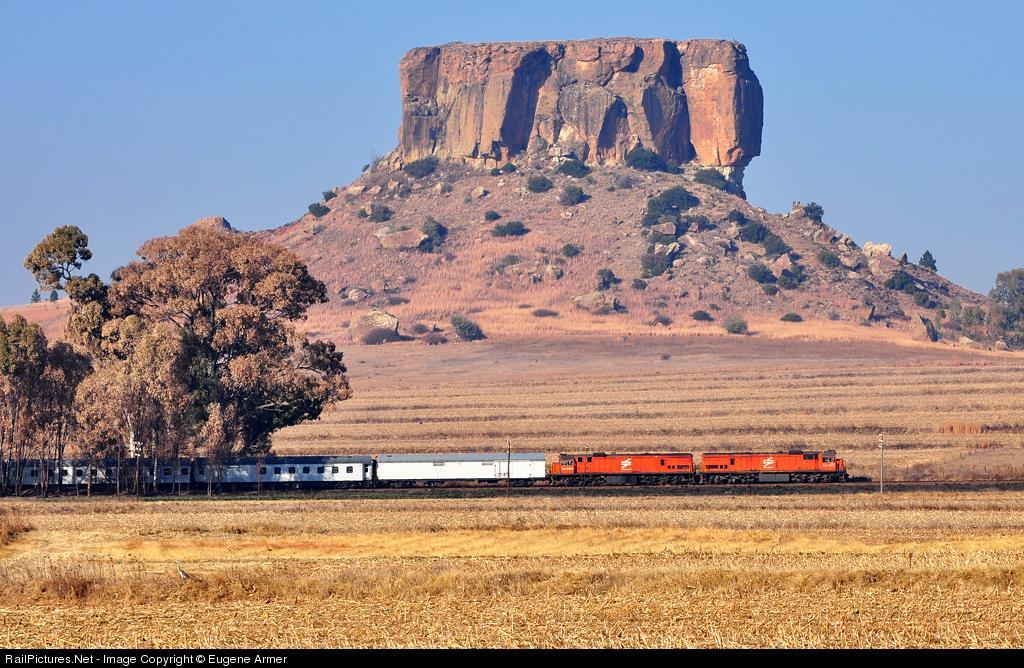

© Eugene Armer
period correct train with a matching took to the mainline rails for the first time since 1951 in 2021
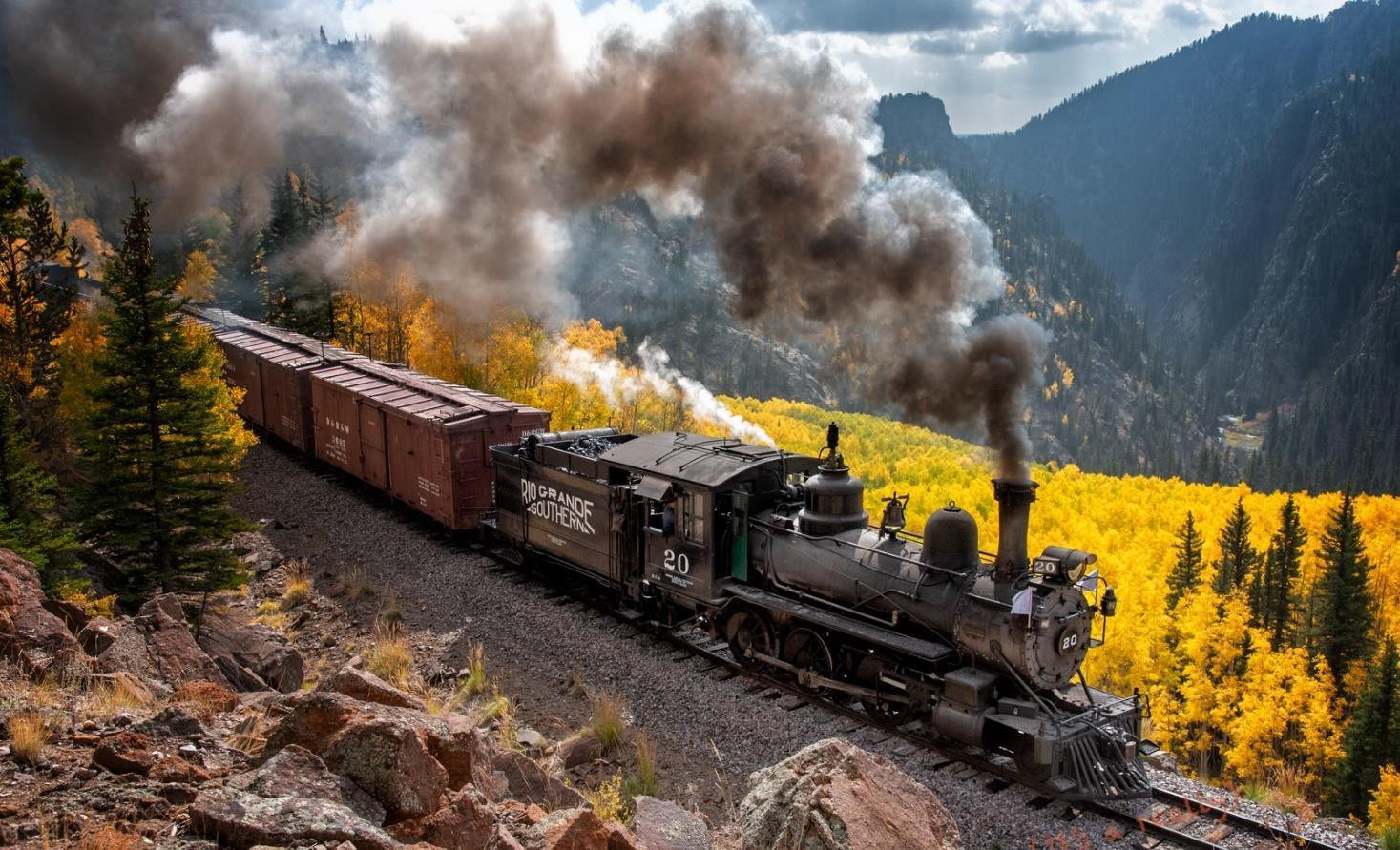

Florence

